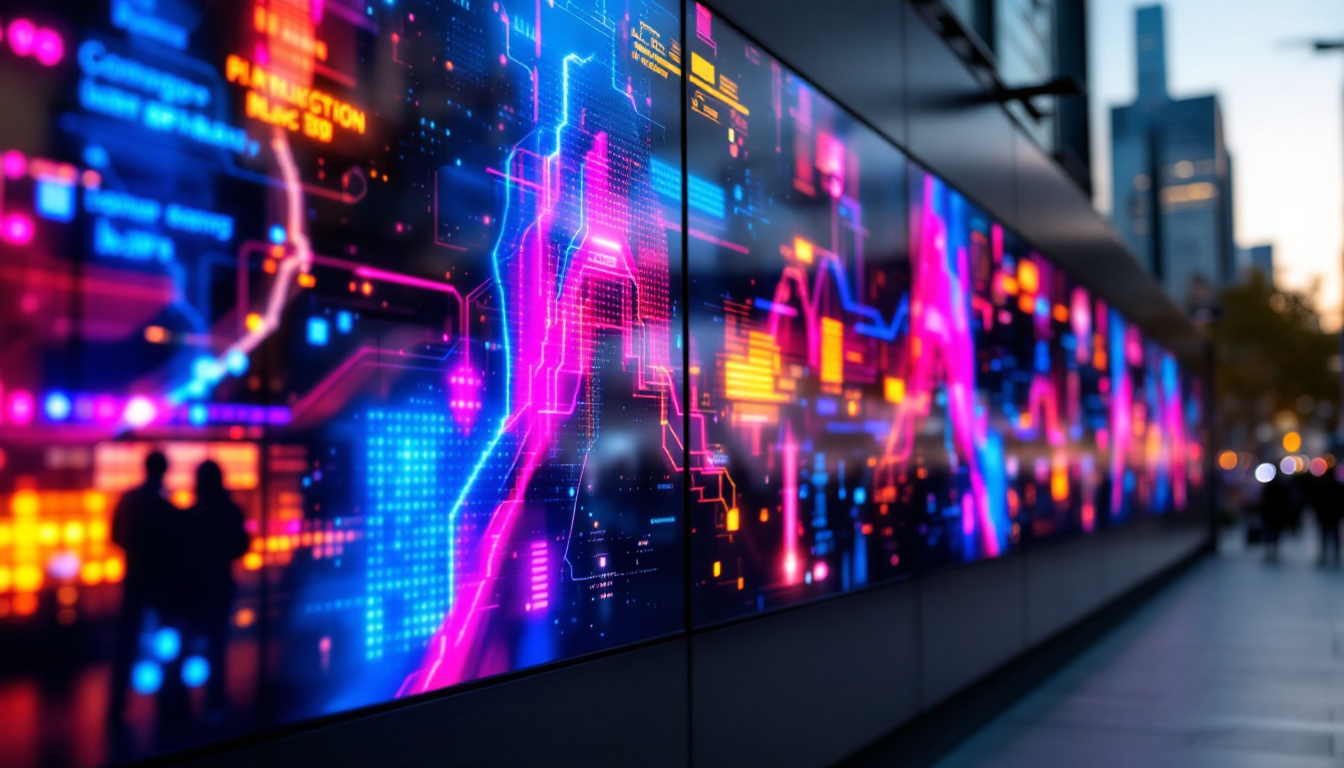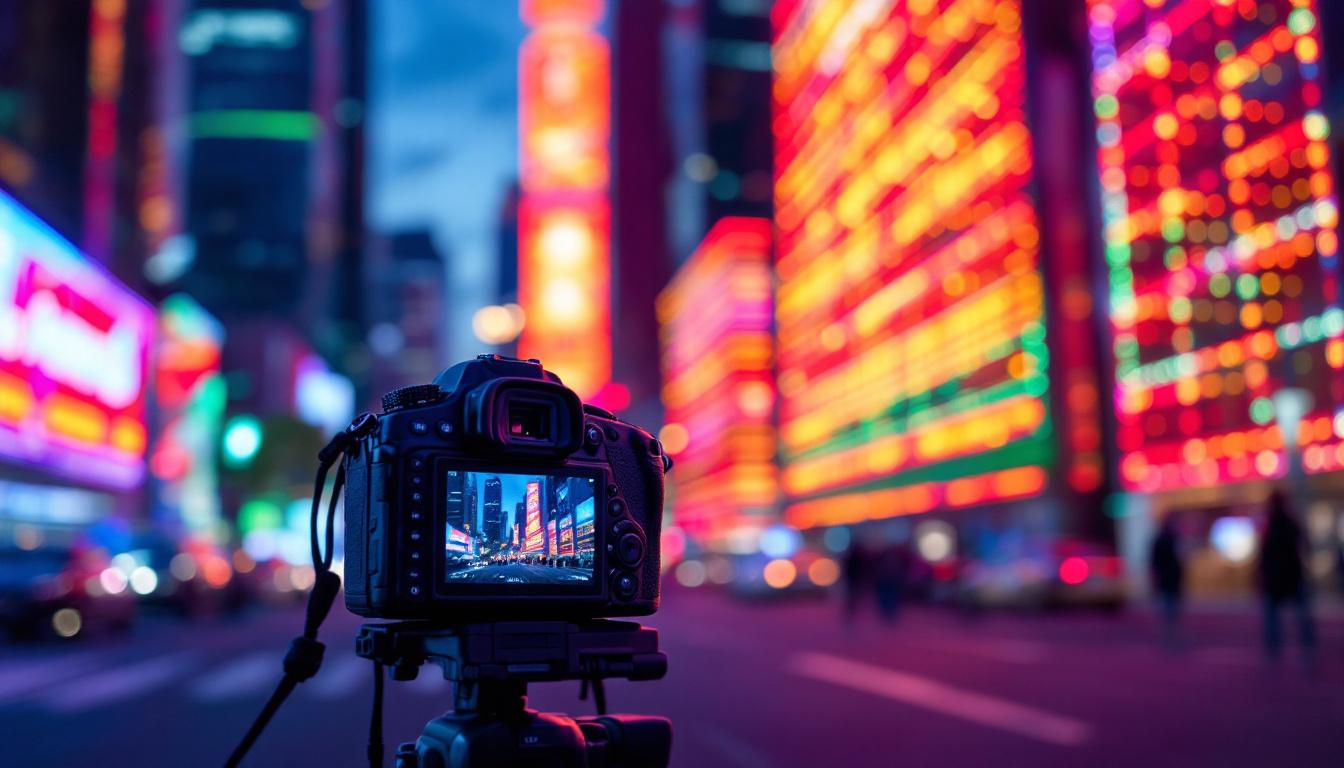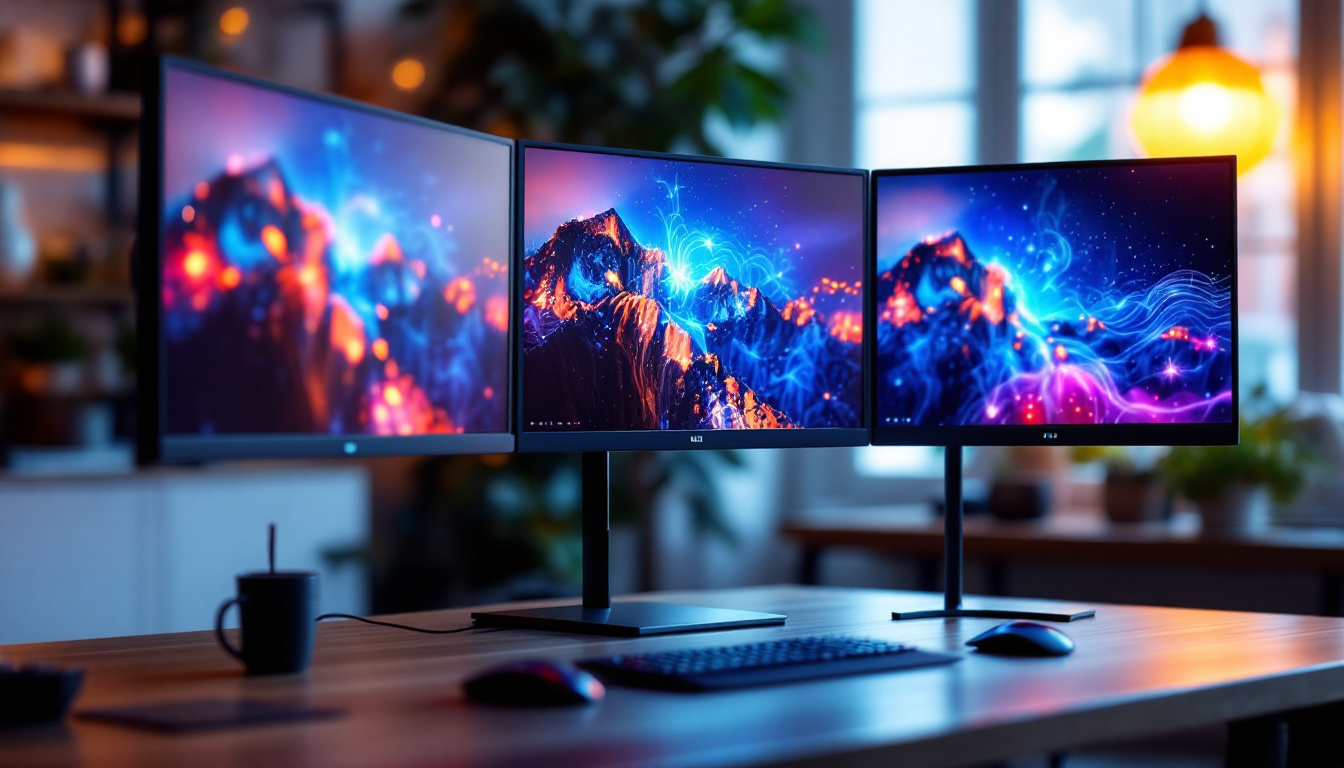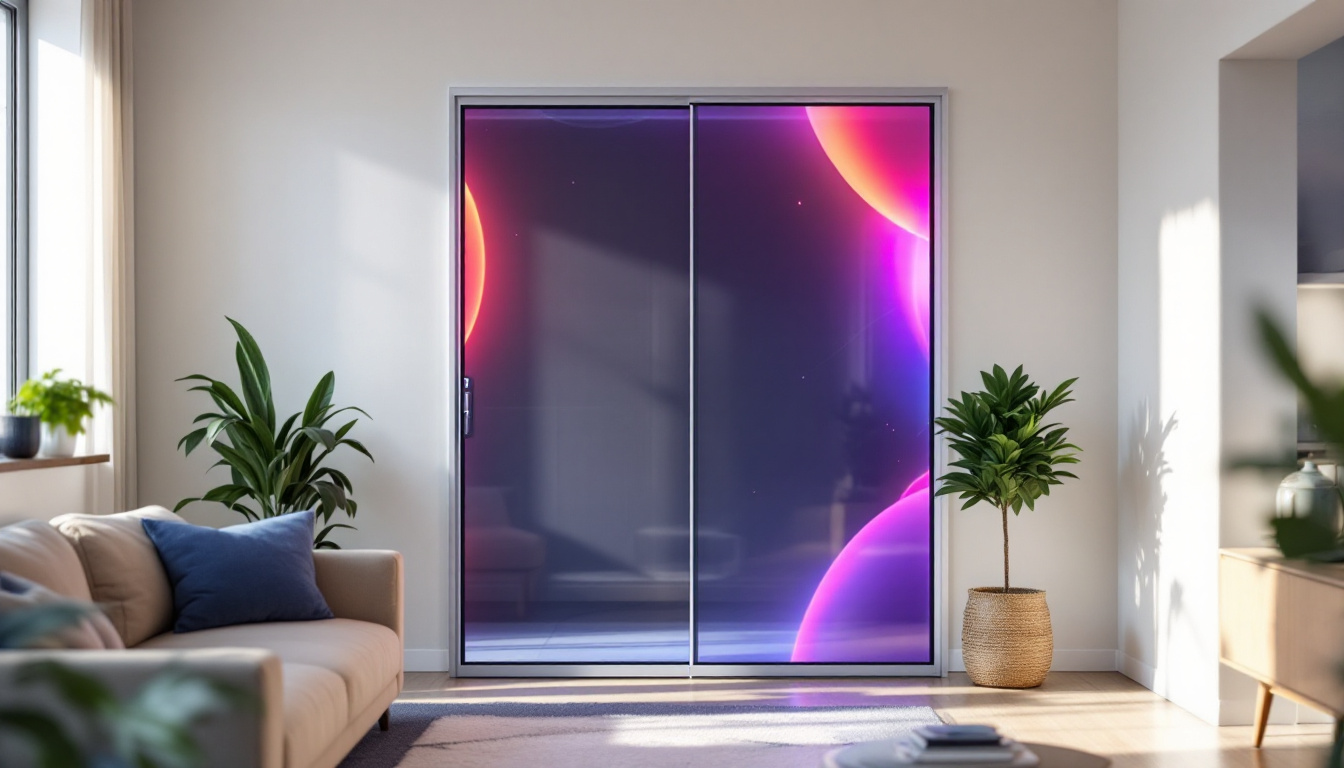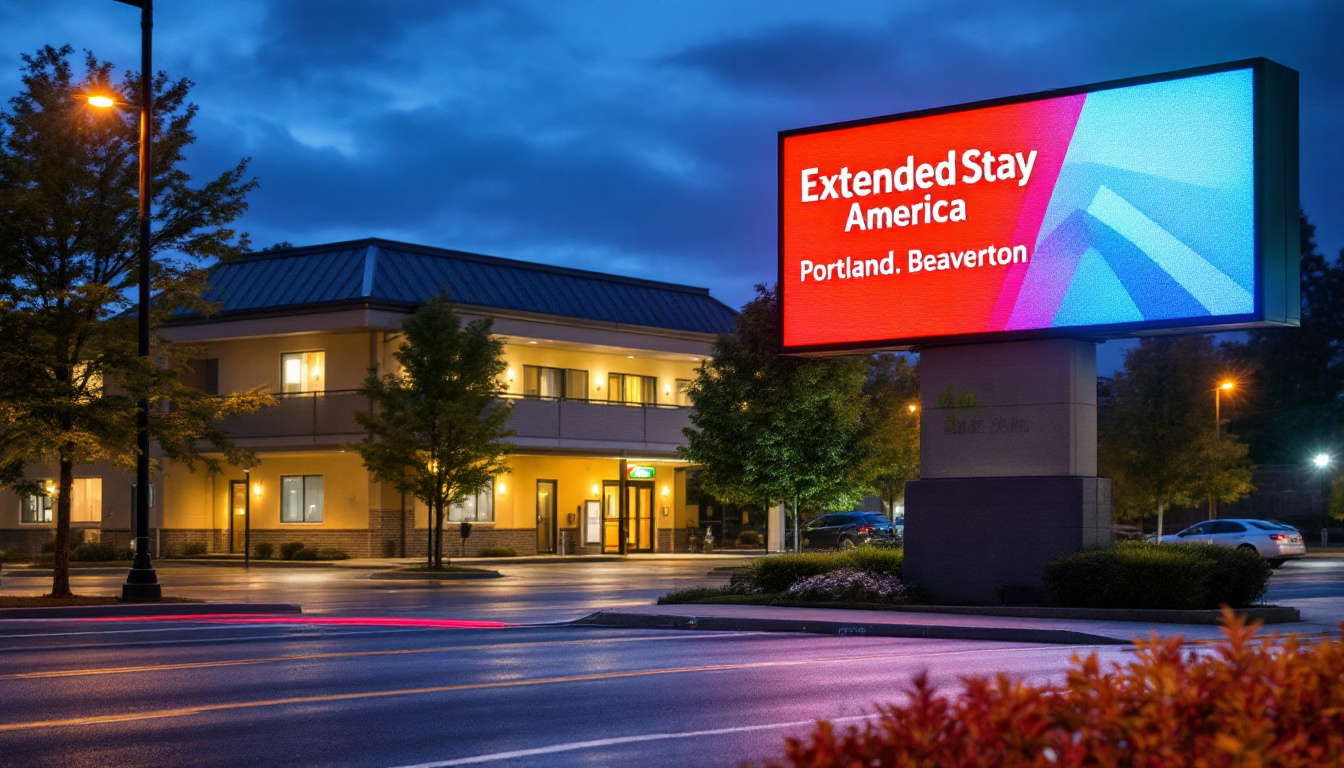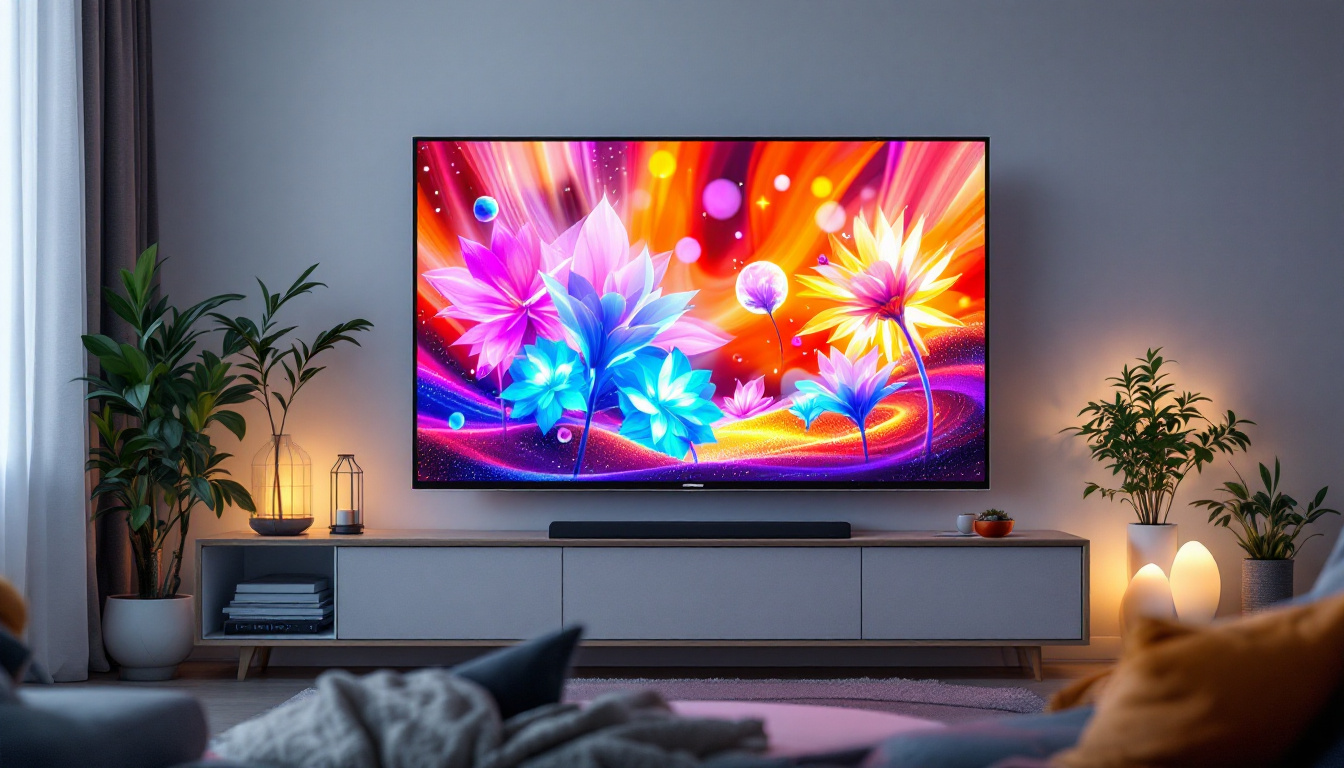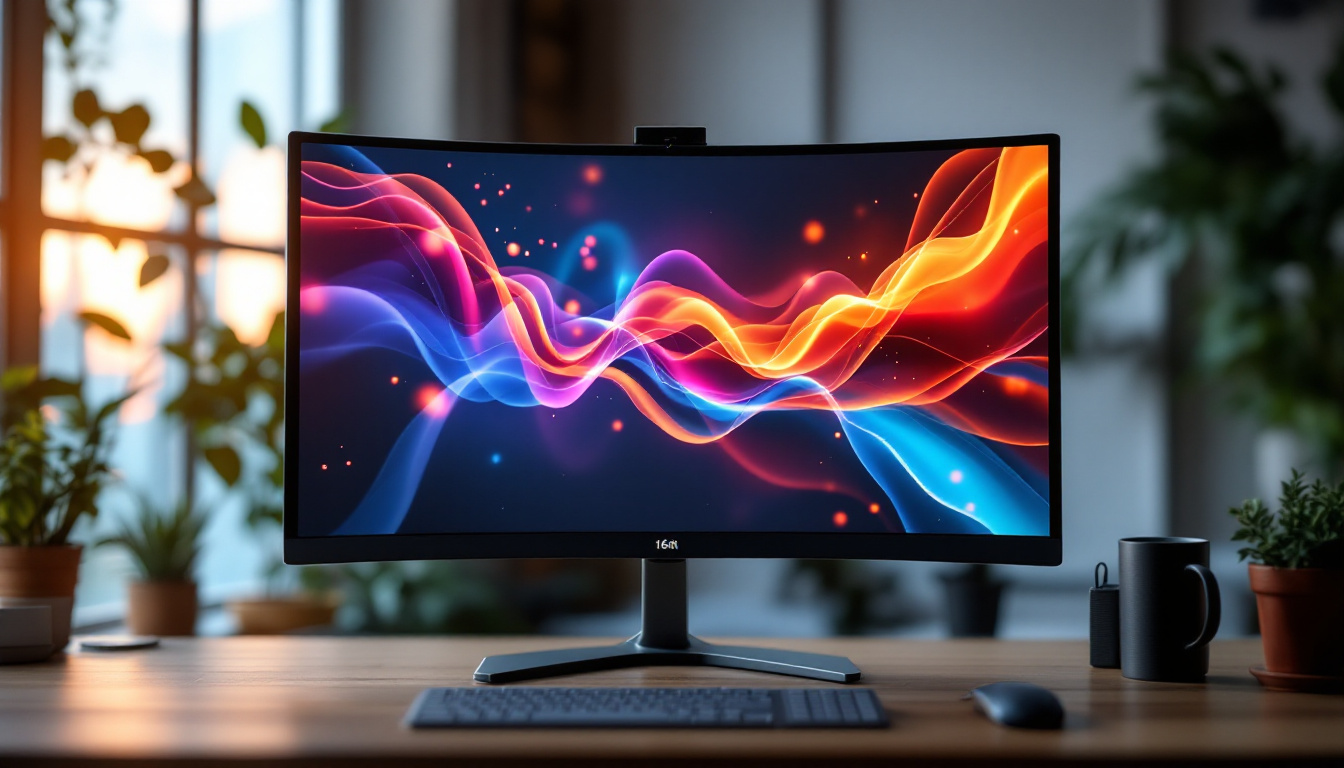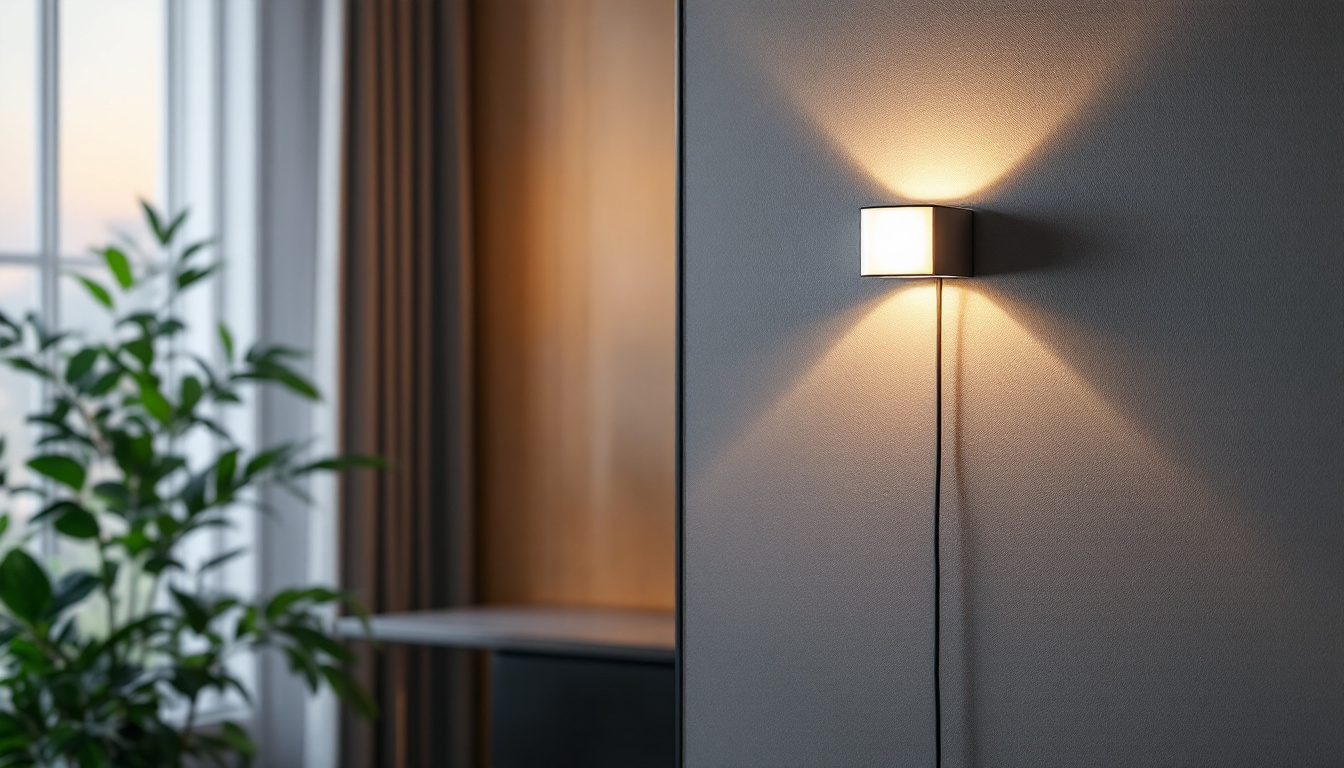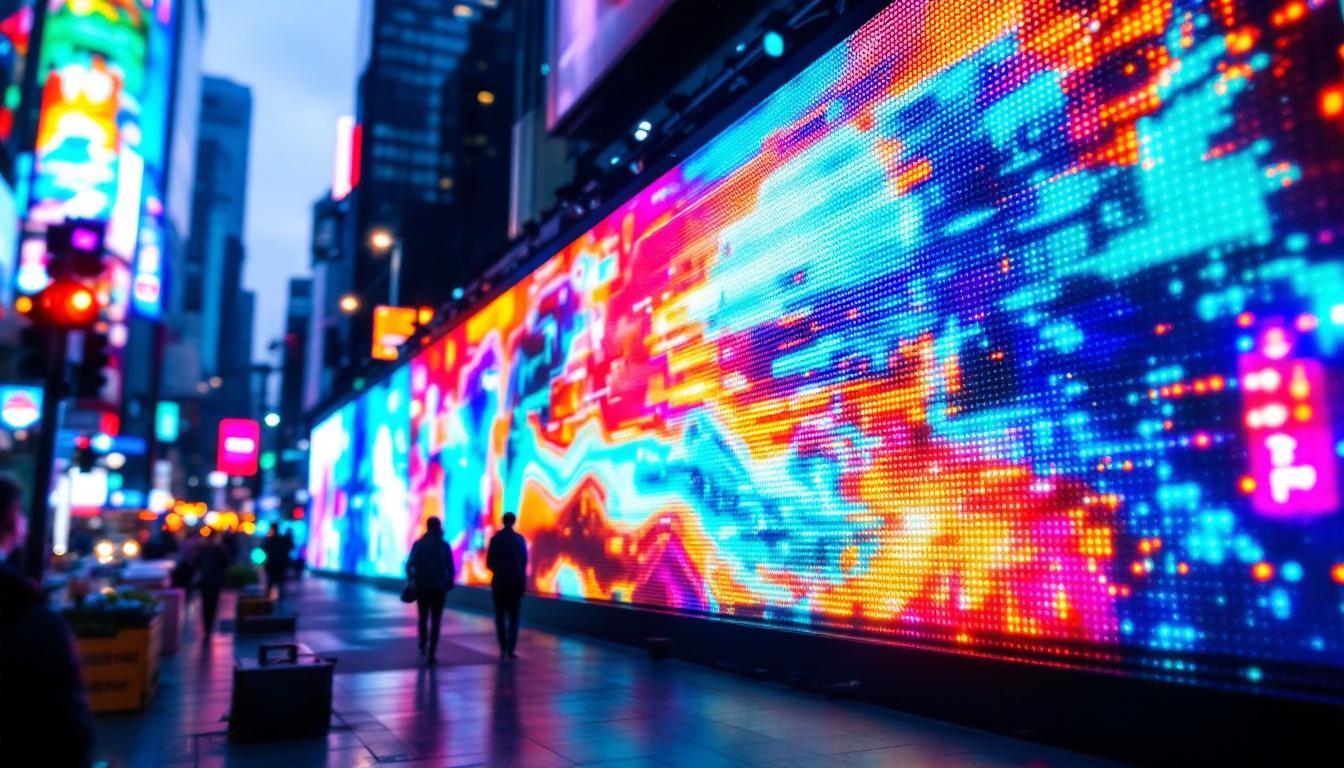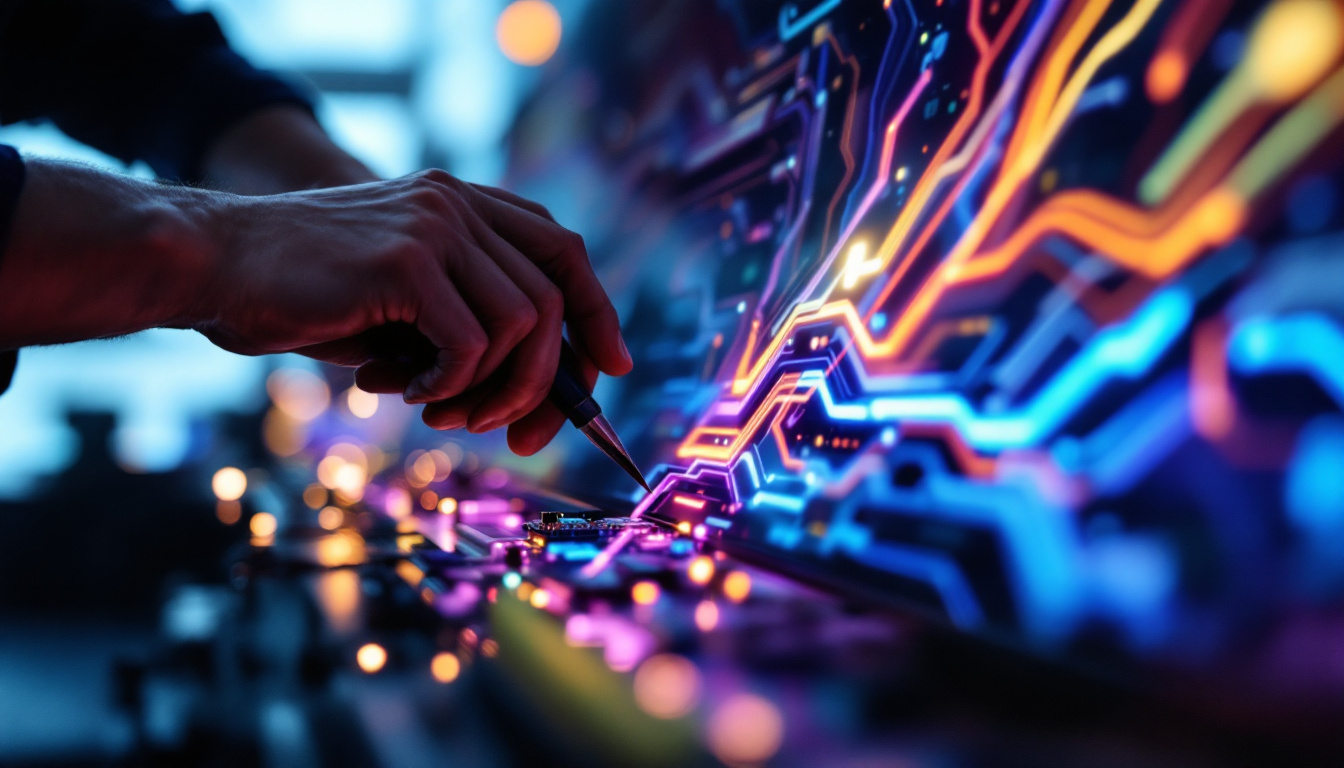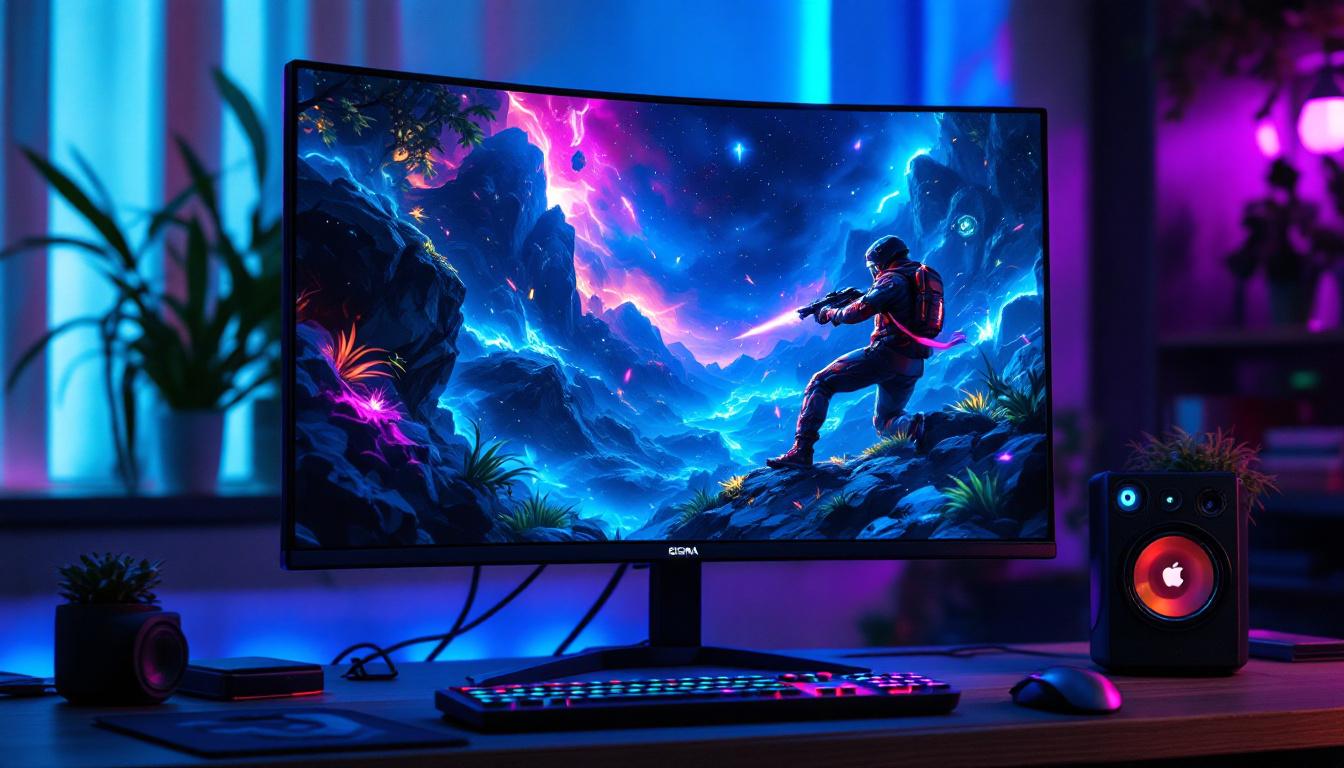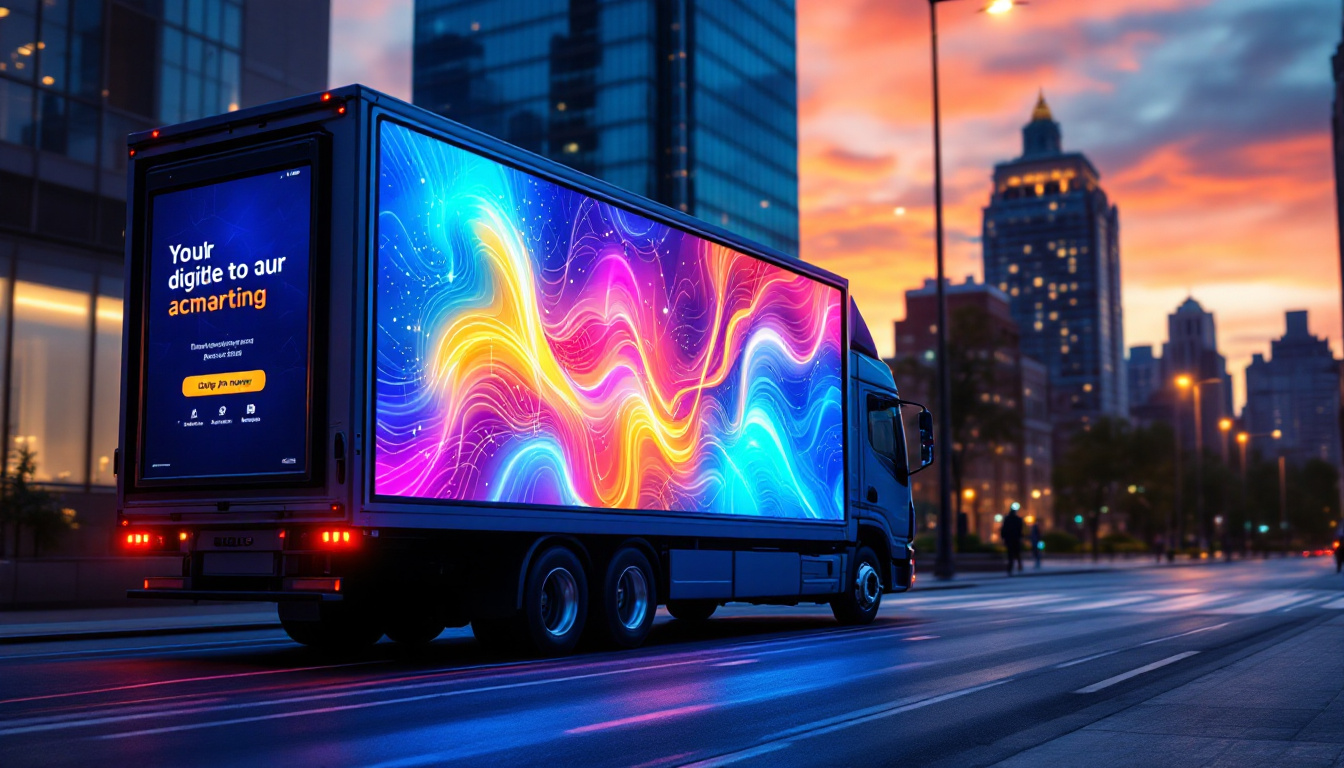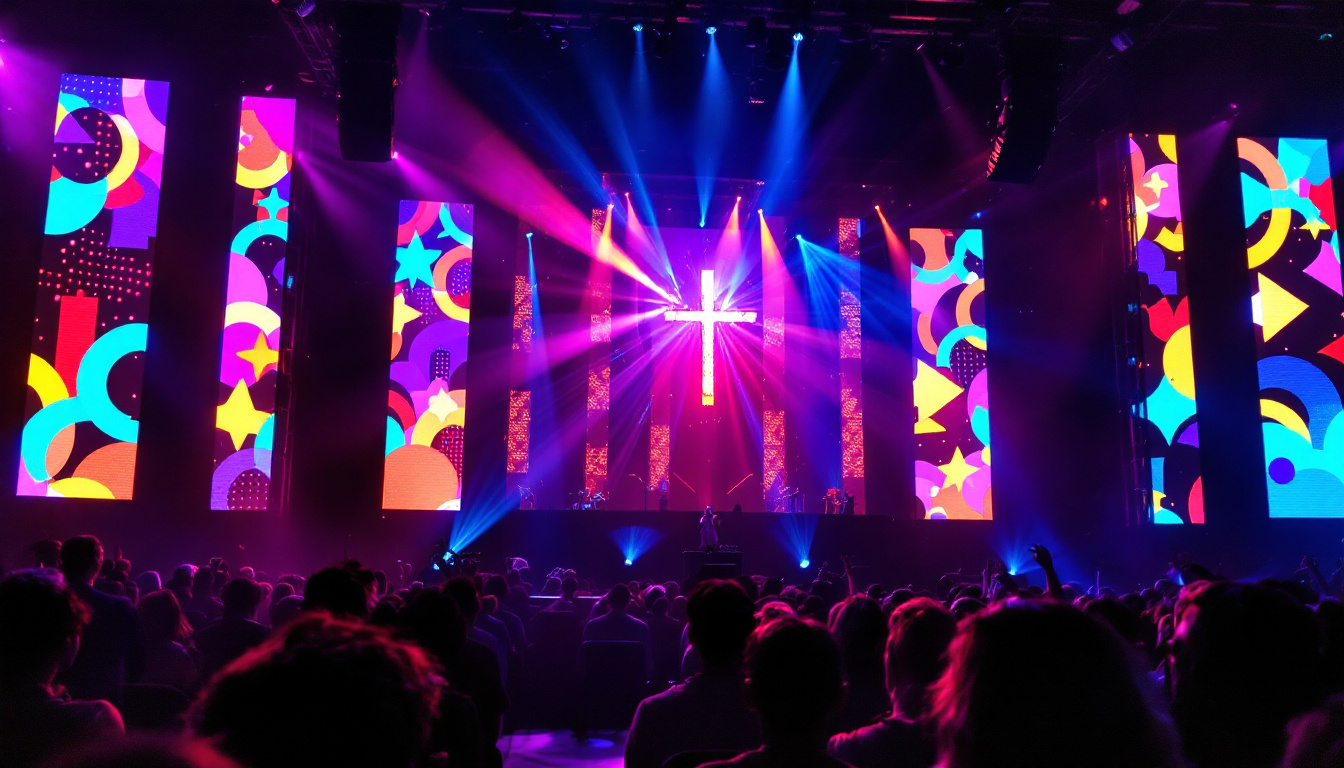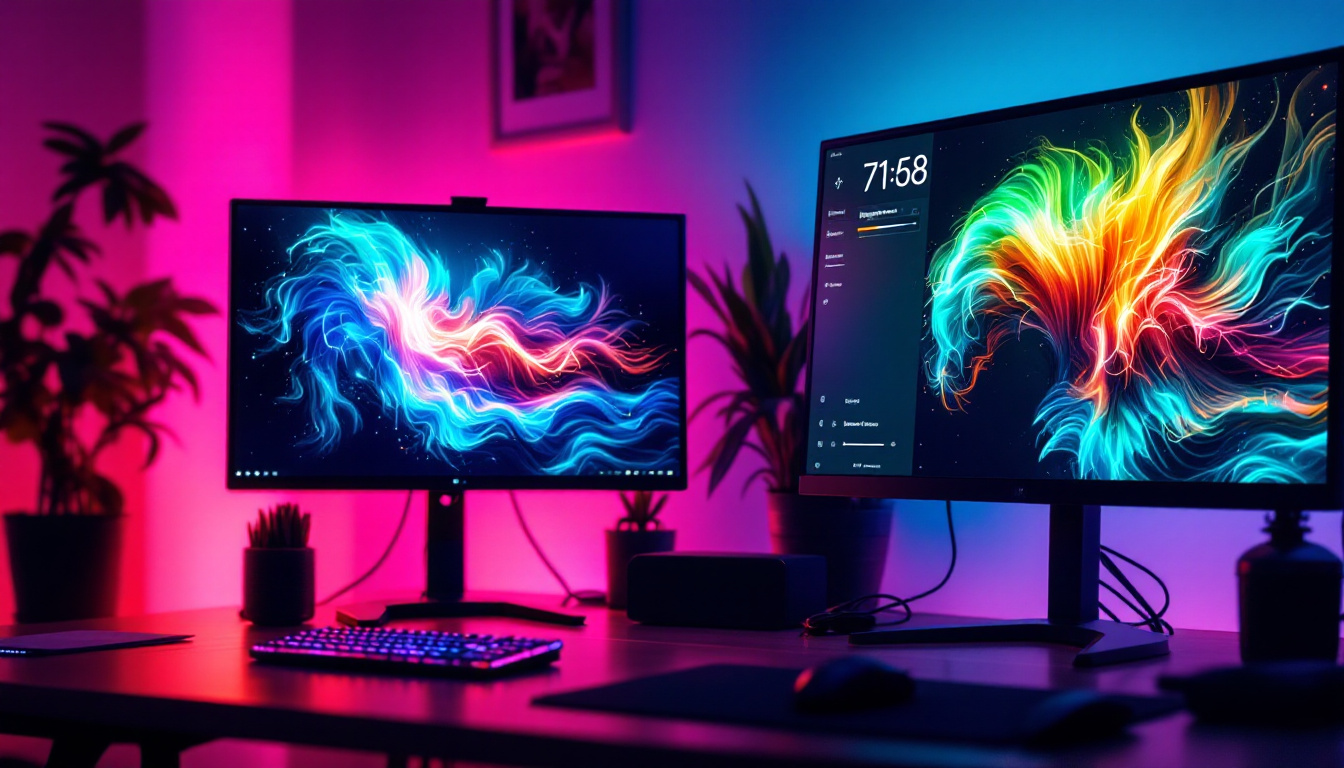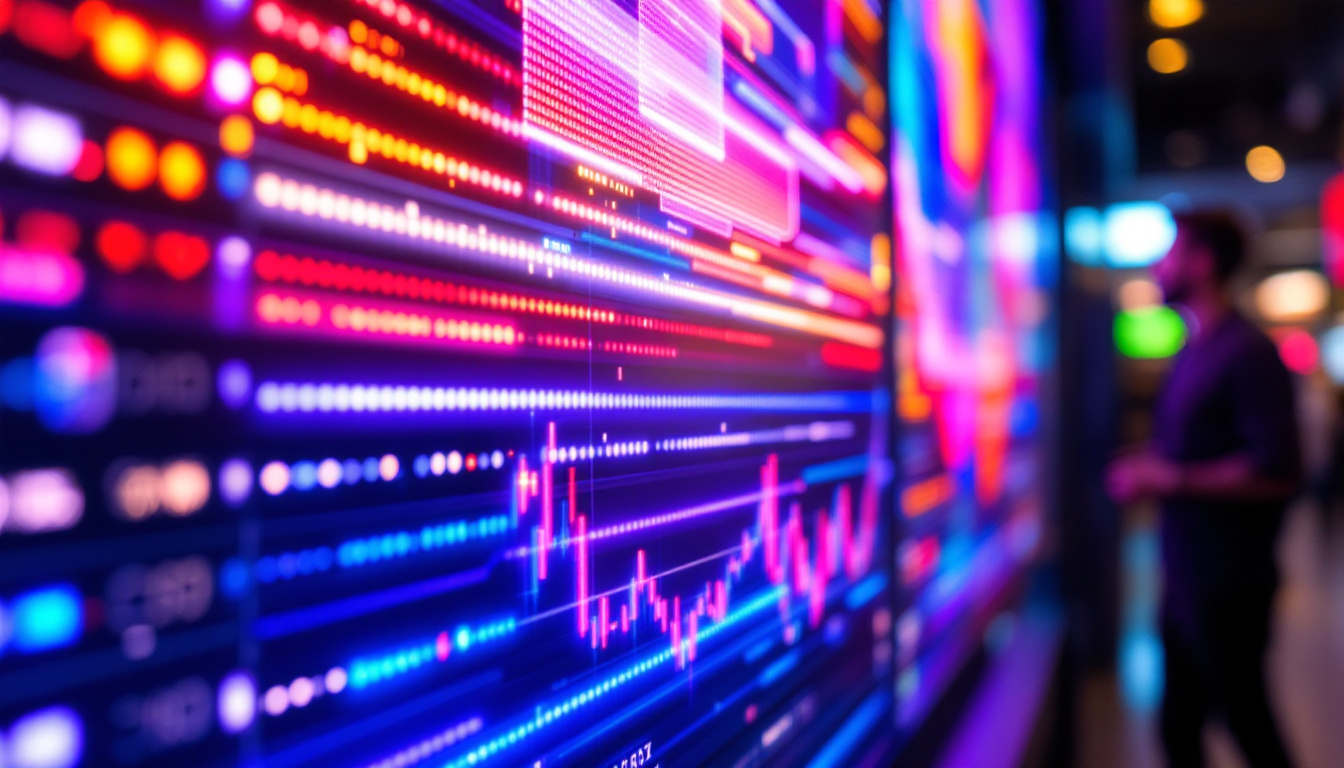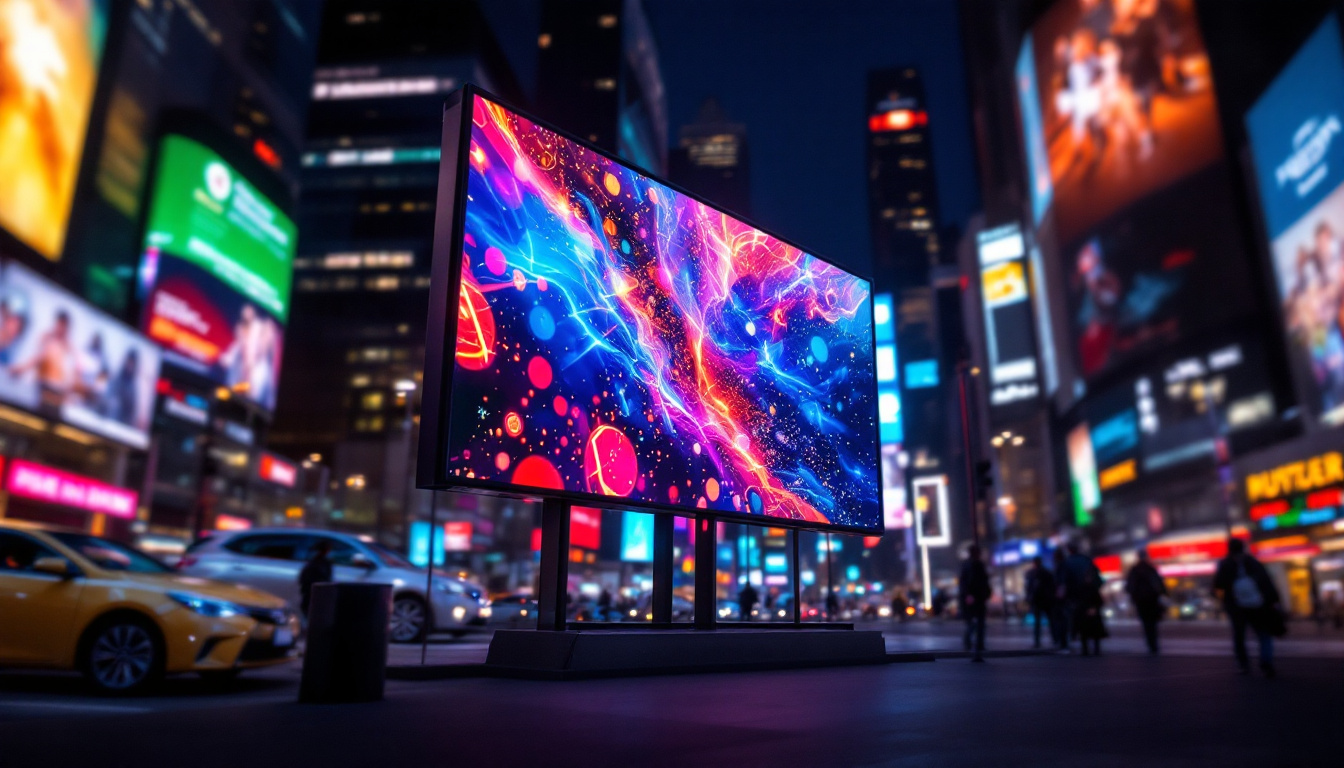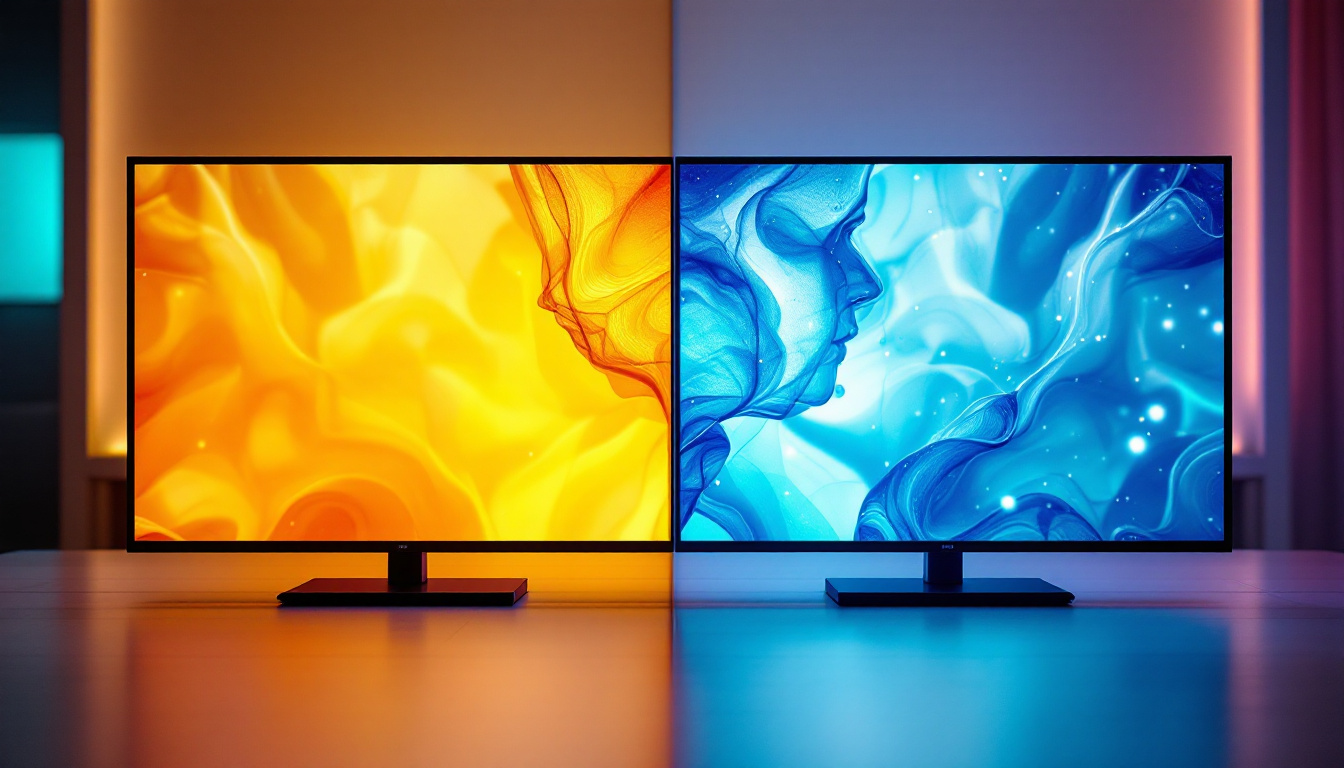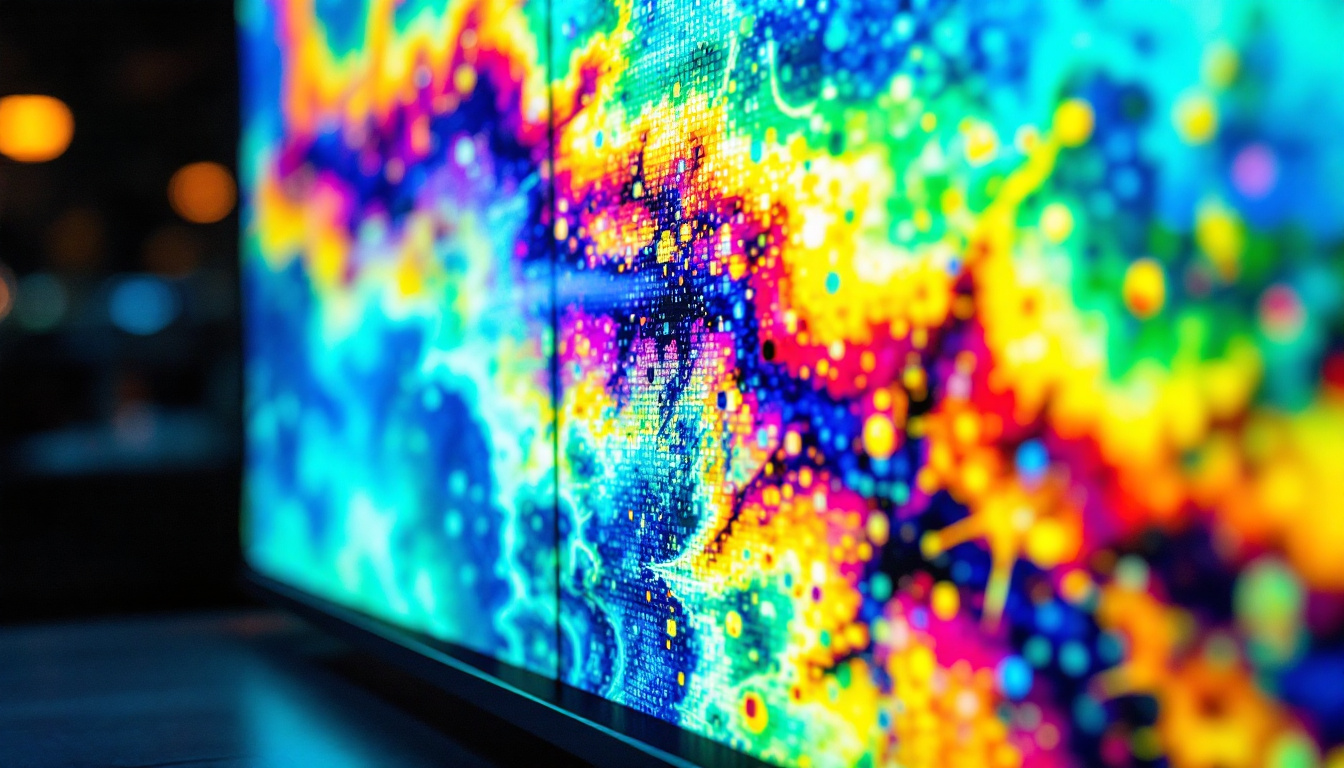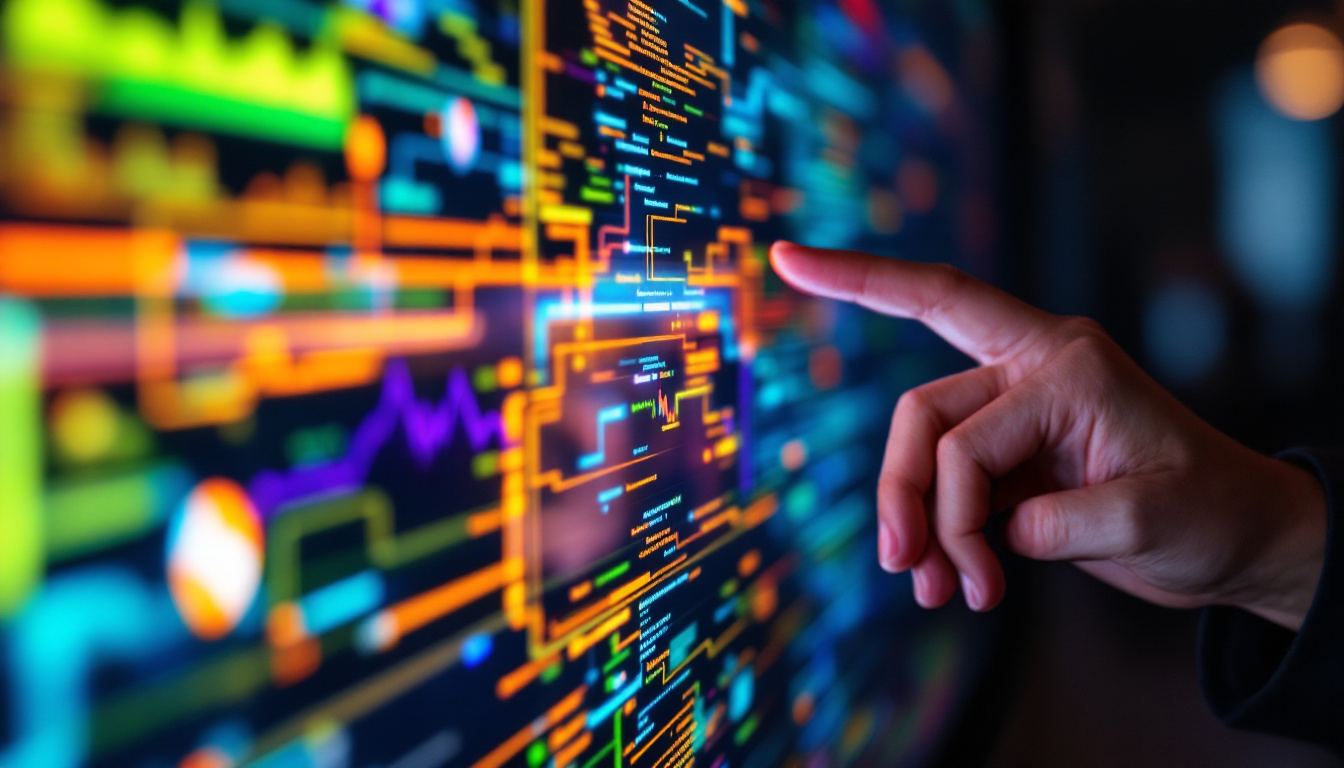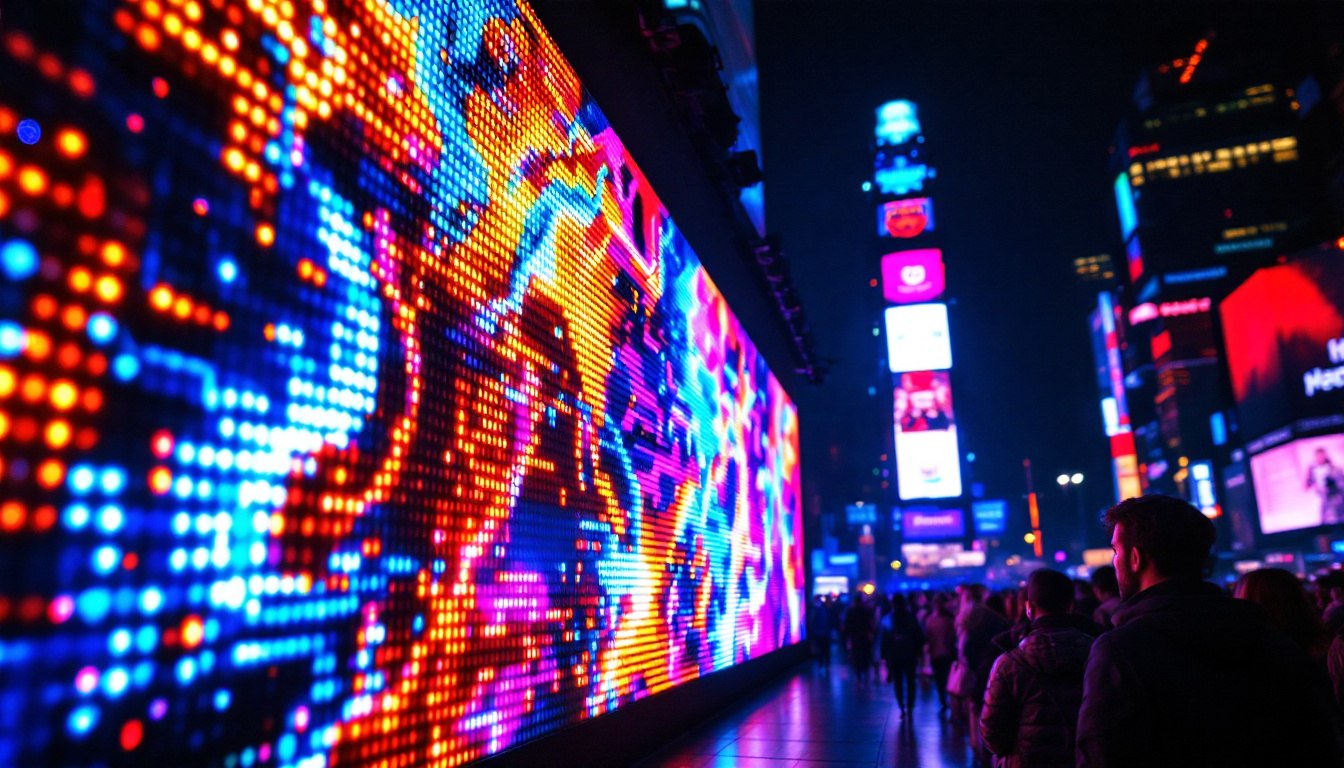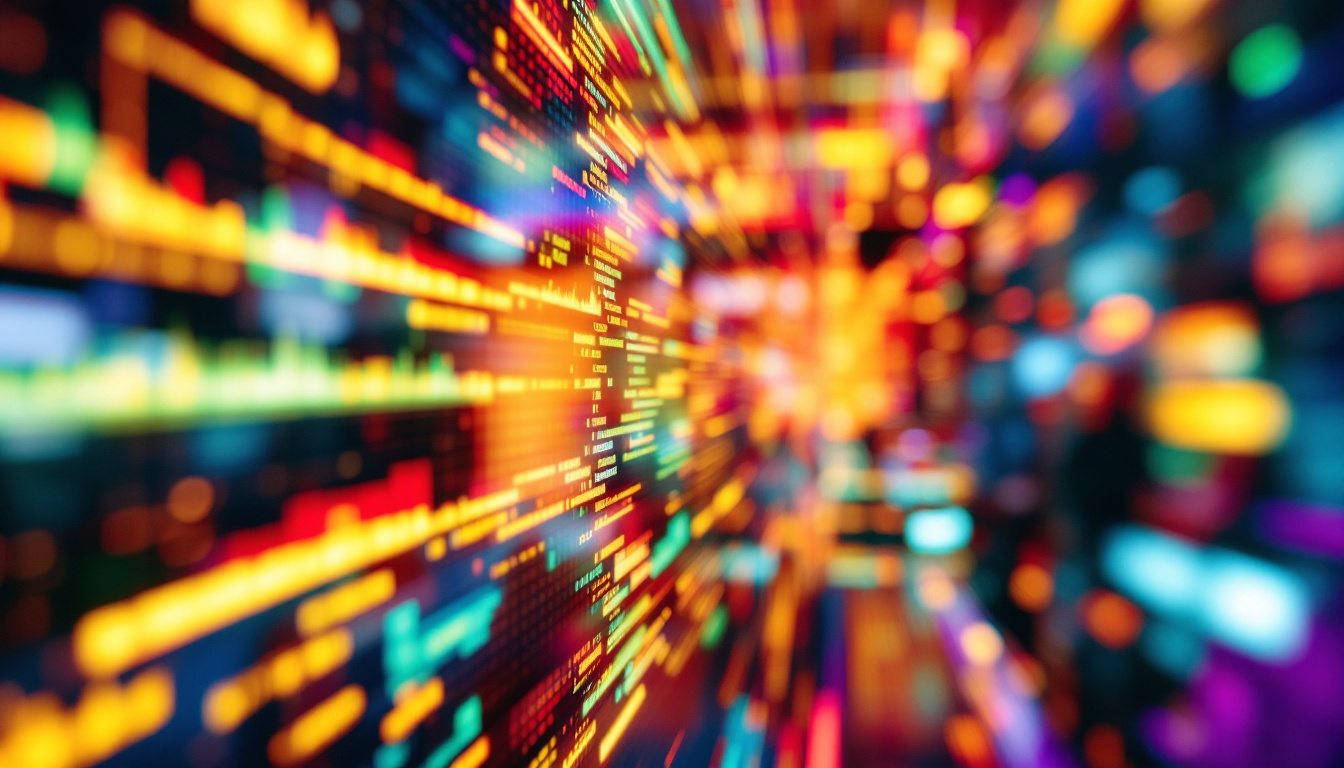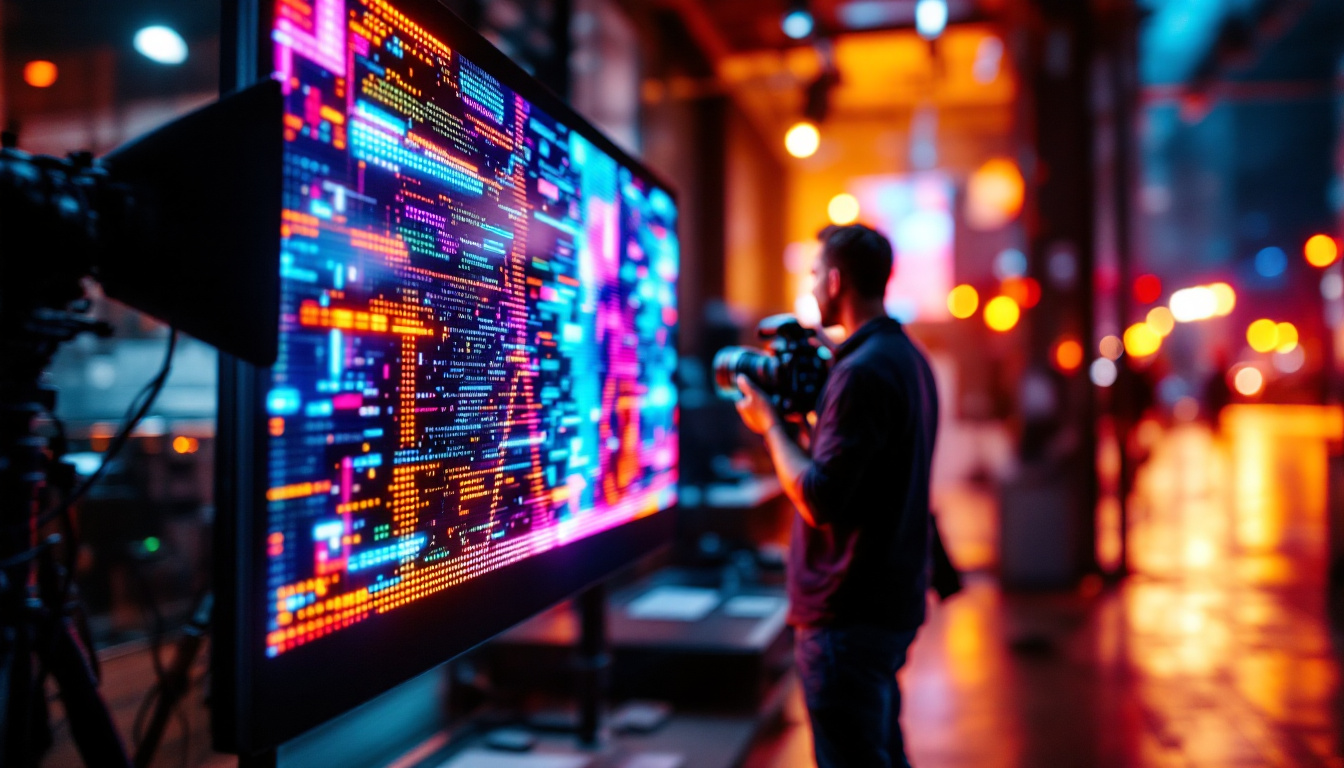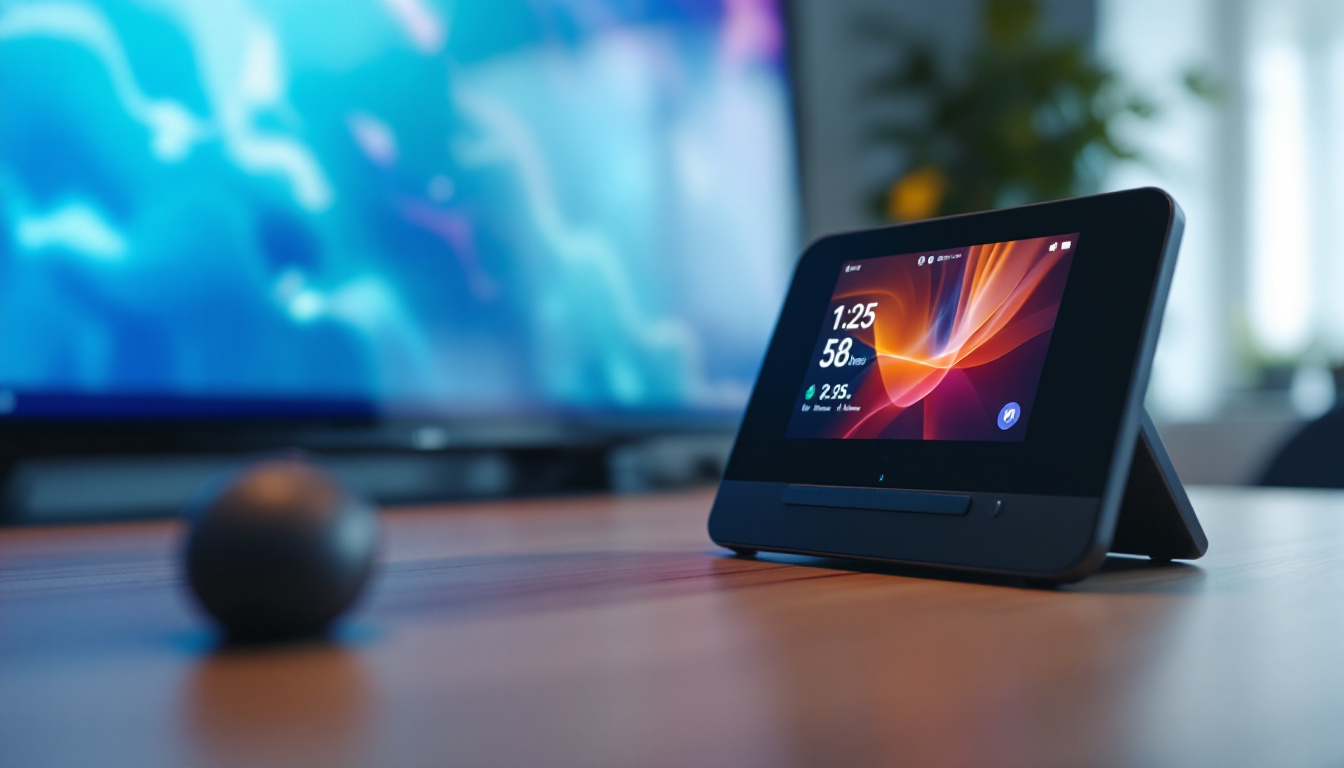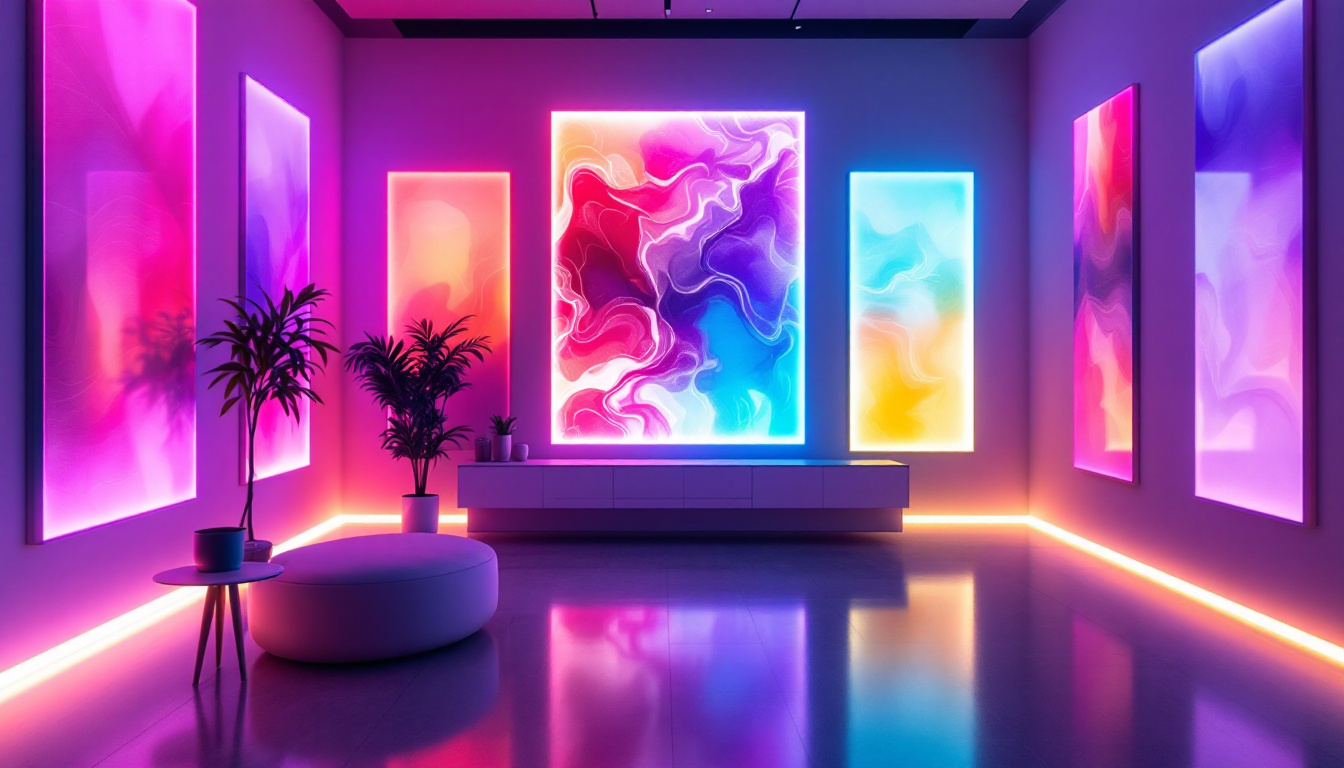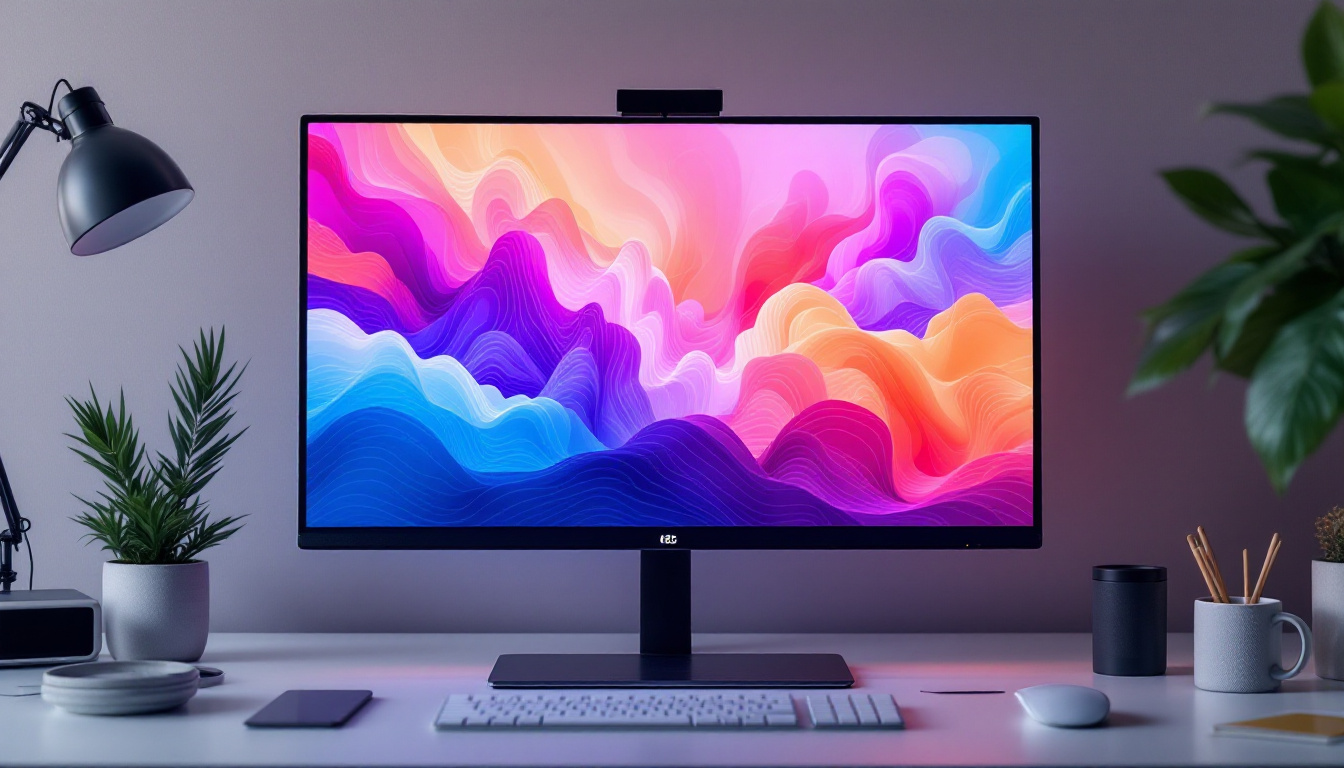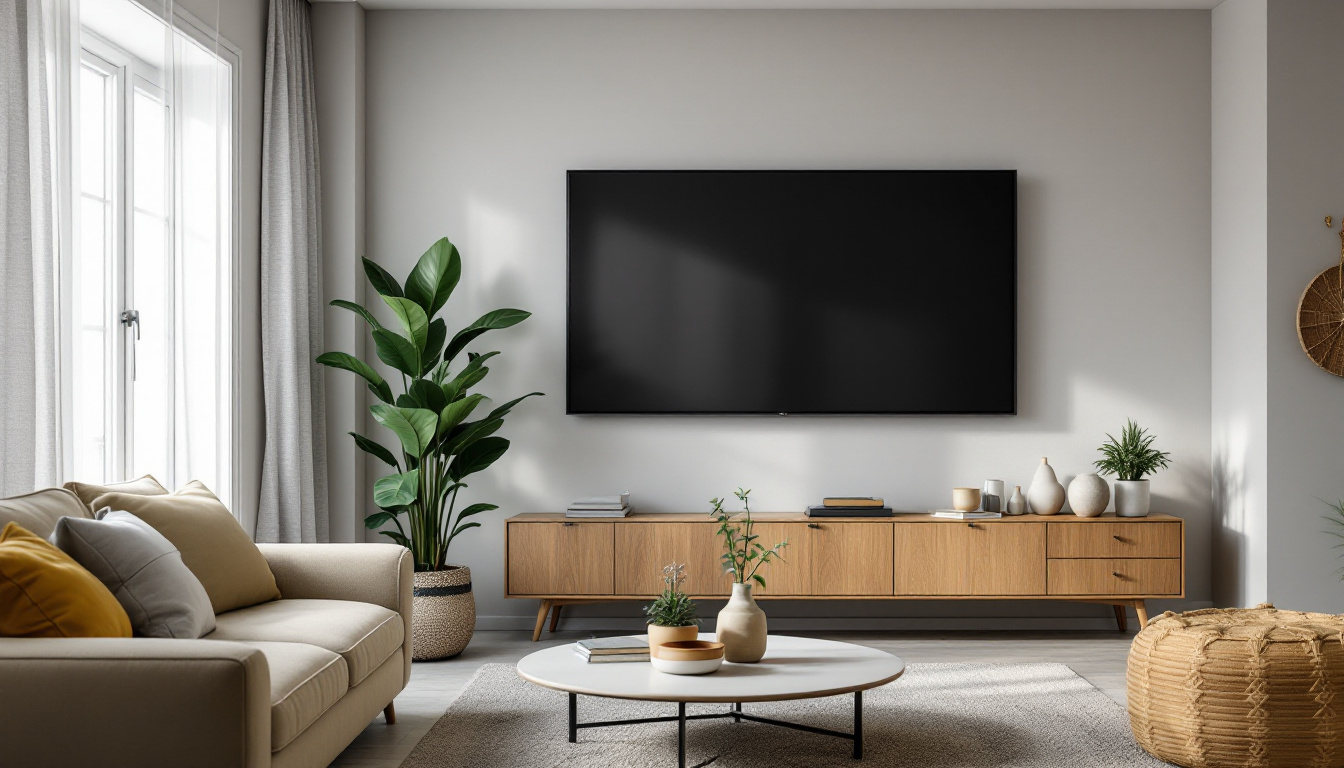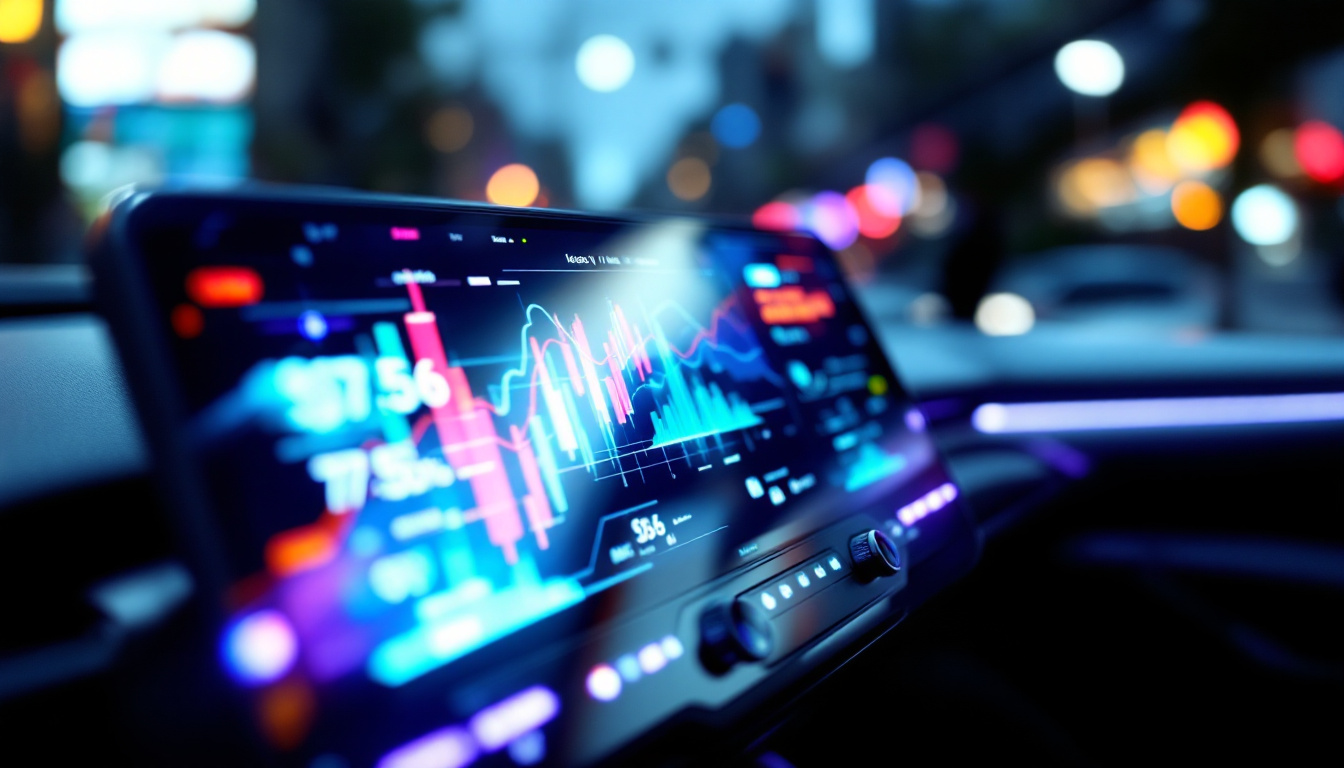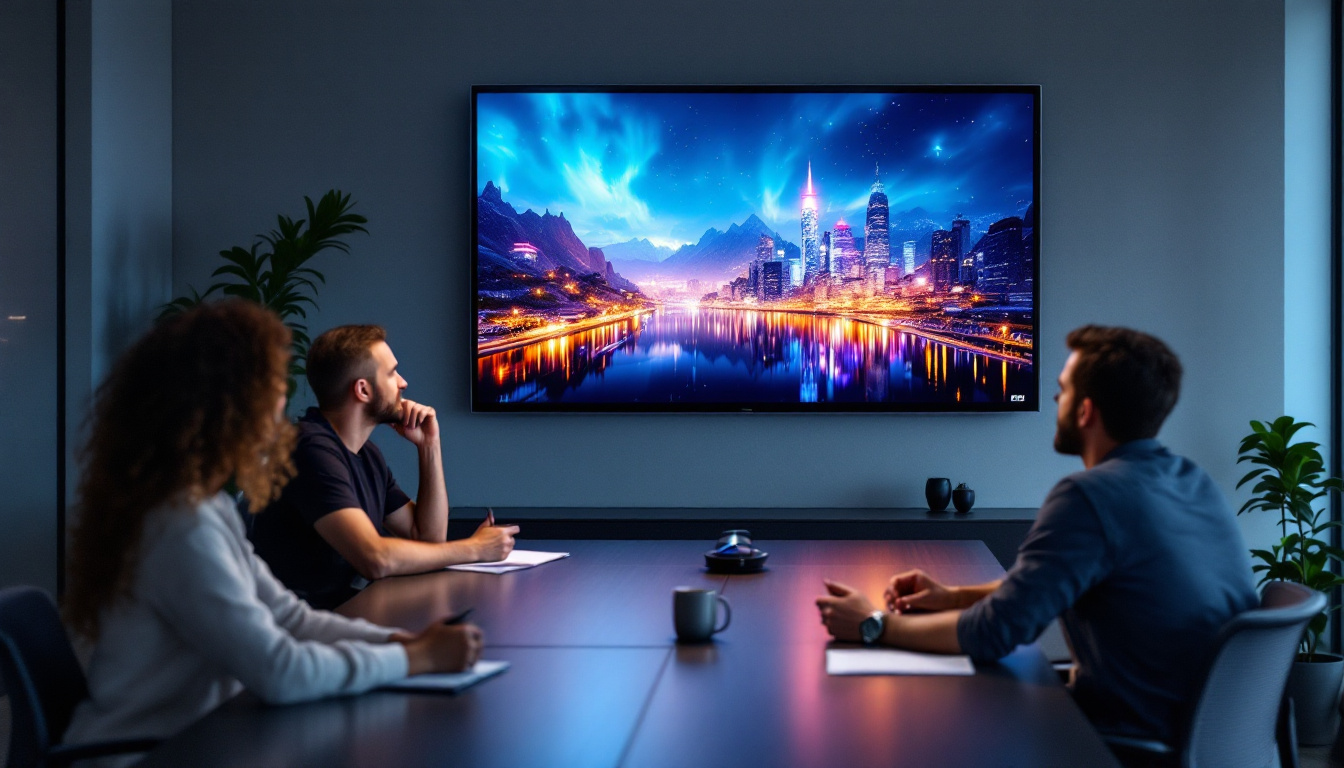In the modern world, visual communication has become increasingly important. One of the most effective tools for achieving this is the LED display. These vibrant screens are used in various settings, from advertising billboards to art installations, and even in personal spaces. This article delves into the intricacies of LED displays, exploring their technology, applications, and benefits.
Understanding LED Technology
Light Emitting Diodes (LEDs) are semiconductor devices that emit light when an electric current passes through them. This technology has revolutionized the display industry, offering brighter, more energy-efficient, and longer-lasting alternatives to traditional lighting methods. The shift to LED technology has not only transformed how we illuminate our spaces but has also influenced various sectors, including automotive, consumer electronics, and even horticulture, where tailored light spectrums are used to enhance plant growth.
The Basics of LED Functionality
LEDs work on a simple principle: when a forward voltage is applied, electrons recombine with holes within the device, releasing energy in the form of photons. This process is known as electroluminescence. The color of the emitted light depends on the materials used in the semiconductor. By combining red, green, and blue (RGB) LEDs, a wide spectrum of colors can be achieved, allowing for dynamic and colorful displays. Additionally, advancements in technology have led to the development of white LEDs, which are commonly used in general lighting applications, providing a warm glow that mimics traditional incandescent bulbs while offering superior efficiency.
Types of LED Displays
There are several types of LED displays, each designed for specific applications. The most common types include:
- Direct View LED Displays: These are made up of individual LED modules that can be arranged to create large screens. They are often used for outdoor advertising and large venue displays.
- LED Video Walls: Composed of multiple smaller screens, video walls can create a seamless display for events, concerts, and exhibitions.
- Transparent LED Displays: These innovative displays allow light to pass through, making them ideal for storefronts and creative installations.
In addition to these common types, there are also niche applications such as flexible LED displays, which can bend and conform to various shapes, making them suitable for unique architectural designs. Furthermore, the rise of smart technology has led to the integration of LEDs with IoT systems, allowing for interactive displays that can change content based on environmental conditions or user engagement.
Advantages of LED Displays
LED displays offer numerous advantages over traditional display technologies. Some key benefits include:
- Energy Efficiency: LEDs consume significantly less power than incandescent or fluorescent lights, making them a cost-effective choice in the long run.
- Longevity: With a lifespan of up to 100,000 hours, LED displays require less frequent replacements, reducing maintenance costs.
- Brightness and Visibility: LED displays are exceptionally bright, ensuring visibility even in direct sunlight, which is crucial for outdoor applications.
Moreover, LED technology is environmentally friendly, as it contains no toxic materials like mercury found in some traditional lighting options, and is fully recyclable. This aligns with the growing emphasis on sustainability in modern design and construction practices. Additionally, the rapid response time of LEDs allows for fast switching, which is beneficial for applications requiring dynamic content, such as live sports events or real-time information displays in transportation hubs.
Applications of LED Displays
The versatility of LED displays allows them to be used in a wide range of applications. From advertising to entertainment, their impact is felt across various industries.
Advertising and Marketing
One of the most prominent uses of LED displays is in advertising. Businesses leverage these vibrant screens to capture the attention of potential customers. LED billboards can showcase dynamic content, such as videos and animations, making advertisements more engaging and effective.
Moreover, digital signage powered by LED technology allows for real-time updates, enabling businesses to change their messages based on time, weather, or audience demographics. This adaptability makes LED displays a valuable tool for marketers.
Entertainment and Events
In the entertainment industry, LED displays are ubiquitous. Concerts, festivals, and sporting events utilize large LED screens to enhance the audience’s experience. These displays can show live feeds, graphics, and animations, creating an immersive environment.
Furthermore, LED technology is also used in theaters and cinemas, where it can enhance the visual quality of performances and films. The ability to create stunning visuals with high contrast and vibrant colors has transformed how stories are told on screen.
Architectural and Interior Design
LED displays have found their way into architectural and interior design, offering innovative ways to enhance spaces. From interactive walls in museums to stunning facades on skyscrapers, LED technology allows for creativity and expression in design.
In residential settings, LED displays can serve as dynamic art installations or functional elements, such as digital photo frames. This integration of technology into design not only adds aesthetic value but also transforms how spaces are experienced.
Choosing the Right LED Display
When selecting an LED display, several factors must be considered to ensure it meets the specific needs of the application. Understanding these factors can help in making an informed decision.
Resolution and Pixel Pitch
The resolution of an LED display is crucial for determining the quality of the image. Higher resolution displays have more pixels per inch, resulting in sharper images. Pixel pitch, the distance between the centers of two adjacent pixels, directly affects resolution. A smaller pixel pitch means higher resolution, making it ideal for close viewing distances.
For example, a pixel pitch of 2.5mm is suitable for indoor environments where viewers are close to the screen, while a pitch of 10mm may be more appropriate for outdoor applications where viewers are farther away.
Brightness and Contrast
Brightness is another essential factor, especially for outdoor displays. Measured in nits, a higher brightness level ensures visibility even in direct sunlight. A display with a brightness of at least 5,000 nits is generally recommended for outdoor use.
Contrast ratio, the difference between the darkest and brightest parts of an image, also plays a significant role in image quality. A higher contrast ratio results in more vibrant colors and deeper blacks, enhancing the overall viewing experience.
Durability and Weather Resistance
For outdoor applications, the durability of an LED display is paramount. Displays should be built to withstand various weather conditions, including rain, snow, and extreme temperatures. Look for displays with an IP rating, which indicates their level of protection against dust and moisture.
Additionally, the construction materials should be robust enough to endure environmental stressors, ensuring longevity and reliability.
Installation and Maintenance of LED Displays
Proper installation and maintenance are crucial for maximizing the performance and lifespan of an LED display. Understanding the installation process and maintenance requirements can help ensure optimal functionality.
Installation Considerations
Installing an LED display involves several steps, including site assessment, structural support evaluation, and electrical setup. It is essential to ensure that the installation location can support the weight and dimensions of the display.
Additionally, the electrical infrastructure must be capable of handling the power requirements of the display. Professional installation is often recommended to ensure safety and compliance with local regulations.
Regular Maintenance Practices
To keep an LED display functioning optimally, regular maintenance is necessary. This includes cleaning the display surface to remove dust and debris, which can impact brightness and visibility. A soft, lint-free cloth is typically recommended for cleaning.
Furthermore, periodic inspections should be conducted to check for any signs of damage or malfunction. Addressing issues promptly can prevent larger problems and extend the lifespan of the display.
Software and Content Management
Managing the content displayed on an LED screen is equally important. Many LED displays come with software that allows users to schedule and update content easily. Familiarizing oneself with this software can enhance the effectiveness of the display.
Regularly updating content keeps the display fresh and engaging, ensuring that it continues to attract attention and serve its purpose effectively.
The Future of LED Displays
The future of LED displays looks promising, with ongoing advancements in technology and design. As the demand for high-quality visual communication continues to grow, innovations are expected to enhance the capabilities of LED displays.
Emerging Technologies
One of the most exciting developments in LED technology is the integration of artificial intelligence (AI) and machine learning. These technologies can optimize content delivery based on audience behavior and preferences, making displays more effective.
Additionally, advancements in flexible LED technology are paving the way for new applications. Flexible displays can be shaped and curved to fit various surfaces, opening up possibilities for creative installations in both commercial and residential spaces.
Environmental Considerations
As sustainability becomes a priority, the LED industry is also focusing on eco-friendly practices. This includes developing energy-efficient displays and recyclable materials, reducing the environmental impact of production and disposal.
Moreover, the use of solar-powered LED displays is gaining traction, particularly in remote areas where traditional power sources may be limited. This innovation not only enhances accessibility but also contributes to a greener future.
Conclusion
LED displays have transformed the landscape of visual communication, offering vibrant, energy-efficient, and versatile solutions for various applications. Understanding the technology, benefits, and considerations involved in choosing and maintaining LED displays can empower businesses and individuals to leverage this powerful tool effectively.
As technology continues to evolve, the possibilities for LED displays are limitless. Whether for advertising, entertainment, or design, embracing this technology can lead to innovative solutions that captivate and engage audiences.
Illuminate Your Space with LumenMatrix
Ready to elevate your visual communication with vibrant and energy-efficient LED displays? LumenMatrix is at the forefront of LED display technology, offering a wide array of solutions tailored to your needs. From Indoor and Outdoor LED Wall Displays to innovative LED Transparent Displays, our products are designed to captivate your audience and amplify your message. Discover the transformative power of LumenMatrix LED displays and join the revolution in visual storytelling. Check out LumenMatrix LED Display Solutions today and see your vision come to life.

